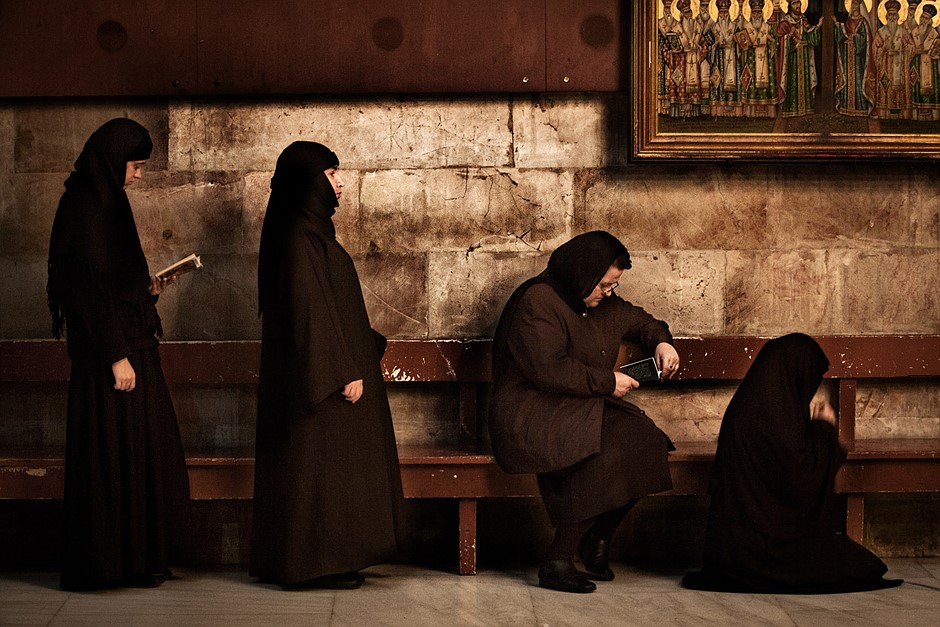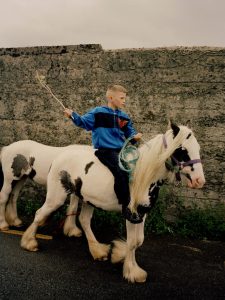
So far, in my landscape photography series, I’ve talked about compositional elements, their weights and how to use their properties to balance the composition by imagining a balance of torques around the middle axis of an image. I also discussed balancing negative space, the perception of subject direction, and the often-overlooked importance I reserve for the separation of elements.
I then discussed the perception of depth and how to use sky in a landscape image, and finally, how to connect the elements in a way that makes sense. I suggested one idea to guide the photographer when composing in the field and showed how widely known photographic techniques are, in fact, private cases of the framework I explored in the articles.
“My good friend Ian Plant always says, ‘If you can shoot landscape, you can shoot anything.'”
My good friend Ian Plant always says, “If you can shoot landscape, you can shoot anything.” I agree because composition takes the highest importance in landscape photography compared to other genres. If you don’t have a good composition when shooting landscape, you have achieved nothing. This isn’t necessarily true in street photography, where what’s happening in the frame is most important, even more than composition.
 |
As an addendum to the series, I’d like to show in this final article that the ideas I presented can be extended beyond landscape photography. This makes a lot of sense since, except for the article about sky, nothing I wrote talks about landscape elements exclusively. I could have called this series ‘About Composition’ as well. I only chose landscape because I’m most knowledgeable and experienced in this area, so to give the series the last stroke of validity and to persuade you of its merit, let’s look at a couple of photographic fields and discuss what principles apply to them, especially. I have added a lot of examples – I urge you to examine the images and think to yourself how what you’ve learned in this series reflects in what you see.
 |
| A strawberry poison dart frog in the jungles of Panama. How well did I do balancing the compositional masses and minding subject direction? |
Composition in Wildlife Photography
Wildlife may be the closest genre to landscape, in essence, and in the considerations one takes to produce a shot. The animal you are shooting is situated in nature, where everything else is basically landscape, and thus, the ideas governing landscape composition are very much valid here.
When it comes to animal subjects, the prominence of the mass associated with that subject is almost always very large. An animal is almost always the center of importance in a wildlife shot, even if it isn’t very large in the frame, and thus requires everything that a landscape subject of large prominence would require, and more: a large amount of negative space, for starters, and then a special consideration of subject direction (since we have a clear direction in which the animal is looking). Separation is also critical – the animal should not overlap other elements in a disturbing way.
Framing is an idea that’s utilized in wildlife photography much more often than in landscape (and produces a stronger effect) since animals tend to position themselves in natural frames. The clever photographer also knows how to position himself to use existing natural elements to frame a subject by juxtaposing these elements with the animal.
 |
|
A Decken’s Sifaka perched on a Y-shaped branch. Canon 5D4, Sigma 150-600mm |
In wildlife photography, if the animal (or animals) serving as the main subject is interesting enough, it can, admittedly, dampen the need for a proper composition. Still, the best wildlife images are those that show the animal in its natural surroundings and include interesting elements from its habitat. Better yet, if the animal is interacting with its surroundings.
 |
|
A beautiful red-shanked Douc feeding in a fig tree – the source of its favorite food. Canon 5D4, Sigma 150-600mm |
 |
|
A male yellow-checked gibbon leaping between tree branches high in the canopy. Canon 5D4, Sigma 150-600mm |
Street and Portrait Photography
I’m not much of a people photographer, but I have done a bit of it during my travels. While the photographic ideas and principles here are further away from landscape photography, the framework of thought still very much applies. For me personally, the compositional ideas I presented in this series are very much present when shooting people.
 |
| Separation of elements is applied here by way of lighting. |
 |
| How do the different elements counterbalance each other in this image? |
Thank you for staying with me throughout this long series. I hope it’s been helpful, and I hope that it made you think about composition differently. and take a moment before you click the shutter to ensure the subjects are in place and nicely separated!
Erez Marom is a professional nature photographer, photography guide and traveller based in Israel. You can follow Erez’s work on Instagram and Facebook, and subscribe to his mailing list for updates and to his YouTube channel.
If you’d like to experience and shoot some of the world’s most fascinating landscapes with Erez as your guide, take a look at his unique photography workshops in Svalbard, Greenland, Madagascar, the Lofoten Islands, Namibia and Vietnam.
Erez also offers video tutorials discussing his images and explaining how he achieved them.












